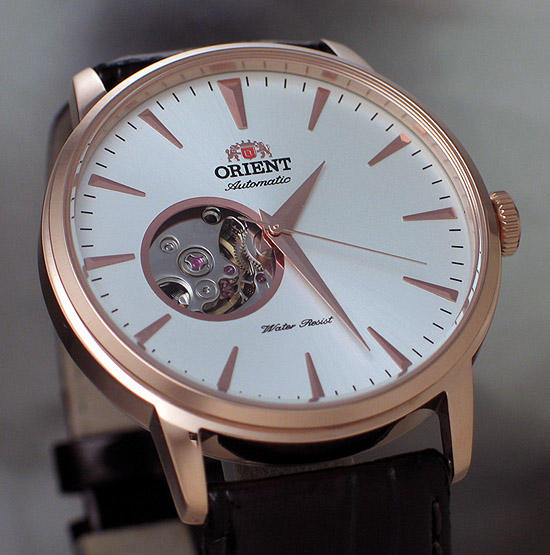Magnificent Seven: Hebdomas and the Heyday of the Eight Day Watch The late 19th century saw the development of eight day pocket watch movements by a variety of manufacturers. Of the many makers who produced eight day pocket watches, perhaps the best known is Hebdomas.
The name itself reflects the nature of the watch; Hebdomas is from the Latin word for ‘week,' and was originally taken from the Greek hebdomos , seventh, or a group of seven things.
The eight day watch's claim to fame is not, of course, that it will run for eight days but rather that it will run for a week; the additional day's power reserve helps to ensure that over the very long running time of the watch, the last turnings of the mainspring in the barrel are not used, as these would deliver low energy and negatively affect the rate.
God may have rested on the seventh day; the owner of an eight day watch however is advised to rouse himself and wind his timepiece.

Unusual, astronomical eight-day carriage clock with lever escapement by Breguet, 1816. Image courtesy Antiquorum
Hebdomas watches are fairly easily found and form an interesting area of specialization for the collector. They achieved their extremely long power reserve by the expedient of having a mainspring so large that the barrel was the diameter of the entire case, and as a result, the balance cock and balance were shifted to the dial side of the plate.
Hebdomas eight day watches are conspicuous in that they usually have a cutout in the dial to expose the balance which is held in a bridge screwed to the dial side of the watch; they were among the first watches in which the balance could actually be seen through an opening in the dial.
Hebdomas was perhaps the most popular manufacturer of eight day watches and their movements were of good quality, jeweled to the center wheel, and with a Breguet overcoil hairspring.

8-day Hebdomas pocket watch, circa 1900. Image courtesy Antiquorum



 Moi j'ai toujours été attiré par la Hamilton Open Heart.
Moi j'ai toujours été attiré par la Hamilton Open Heart. 




